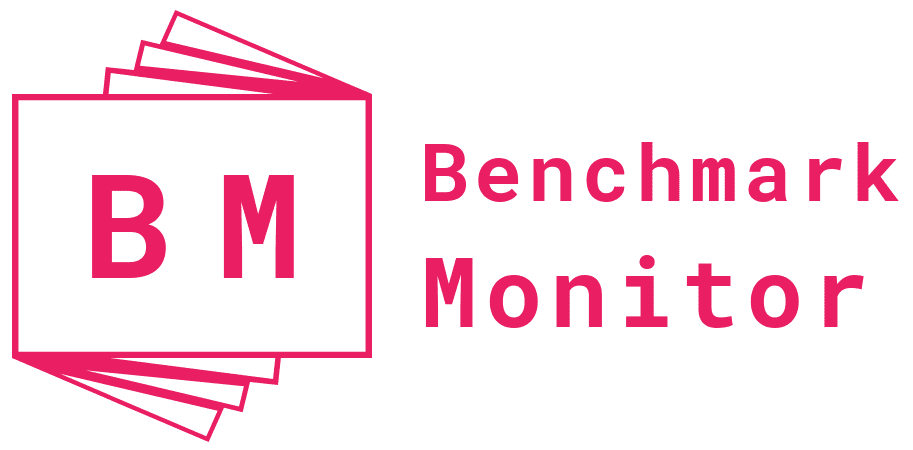When someone mentions signing, there’s a good chance that your first thought is of American Sign Language (ASL). This is perfectly fair, at least in North America, where it’s arguably one of the most popularized, widespread dialects of its kind.
But it is far from the only sign language in existence. There are many alternatives. We’re going to go over what we feel to be ten of the best.
Signed Exact English (SEE)
Table of Contents
SEE attempts to bridge the gap between spoken and signed English. Compared to ASL, SEE is more literal and less fluid, relying on the combination of visual cues with signing to express complex concepts. SEE also contains words and sentence structures not present in ASL, along with prefixes, suffixes, and tenses.
For instance, if a person were trying to describe something as pretty, instead of using the ASL sign for beautiful, they would sign the letter “P” followed by the sign for beautiful, designating a more precise meaning/concept with their language. SEE is most frequently seen in schools, and communicating through SEE tends to take a bit longer than other, more fluid languages.
Pidgin Signed English (PSE)
The vocabulary of PSE is based on ASL, but the syntax follows a different format. PSE ignores words that do not independently convey information, such as “am” or “is.” As a result, PSE is slightly easier to learn than both ASL and SEE since it requires no familiarity with idioms or adherence to specific wording. The trade-off is that because PSE does not have any strictly established format, it tends to vary significantly between regions.
The most significant advantage of PSE is that it’s easy to both sign and speak English simultaneously — and much faster, as well. Many interpreters actually use a form of PSE.
International Sign Language (ISL)
Created by the World Federation of the Deaf during the 1950s, ISL was an attempt to create a global, unified sign language. It underwent considerable standardization during the 70s and today consists of more than 1500 internationally recognized signs. It was originally known as Getsuno.
British, Australian and New Zealand Sign Language (BANZSL)
These three nations share a sign language alphabet, which in many ways is similar to ASL. The main distinction is that, unlike ASL, BANZSL requires both hands to communicate a concept. ASL also tends to rely more heavily on fingerspelling than classifiers.
French Sign Language (LSF)
Believe it or not, LSF is actually the ‘mother language’ of ASL. As a result, the two languages are quite similar in both structure and communication format. As with any language, there are differences, though they’re much less pronounced.
As a result, learning LSF is significantly easier if you already know ASL and vice-versa.
Plains Sign Talk (Indigenous Peoples of North America)
Created by the people of the prairies, PSL is an Indigenous language used for communication between native nations across most of the country. It was especially prominent in trade negotiations, though it also saw use amongst Indigenous people who suffered from hearing loss. It also had a significant role in passing on traditions/legends and conducting ceremonies.
Chinese Sign Language (CSL)
Owing to China’s population, CSL may be the most widely-used sign language in the world. Created in the 1950s, it uses the hands to approximate the visuals of written Chinese. As with written and spoken Chinese, CSL consists of two distinct dialects.
Arabic Sign Language (ArSL)
If CSL is the most widely-used sign language, ArSL may well be the most diverse. At the time of writing, we know of at least ten regional variations of ArSL, with each being distinct enough to be considered its own unique language. One of the most interesting things about ArSL is that, unlike spoken Arabic, it lacks colloquial and formal dialects.
Spanish Sign Language (LSE)
LSE is one of Spain’s official languages, native to most regions in the country, with the exception of Valencia and Catalonia. However, LSE does not see extensive use outside Spain’s borders. Most countries that speak Spanish have their own distinct sign language.
Mexican Sign Language (LSM)
Compared to LSE, LSM both orders its words differently and uses different verbs. It’s most commonly used in Mexico City, Monterrey, and Guadalajara. There may also be regional or dialectic variations between different age groups and religious backgrounds.
A Vast Library of Signs
The notion that ASL is the only sign language out there is misinformed, and the gulf between sign language and spoken language isn’t as vast as some might think. Just as there are multiple different languages, there are multiple dialects of the same language. It’s possible to even speak with an accent when signing.
About the Author:
Pauline Dinnauer is the VP of Audiological Care at Connect Hearing, which provides industry-leading hearing loss, hearing testing, and hearing aid consultation across the US.

